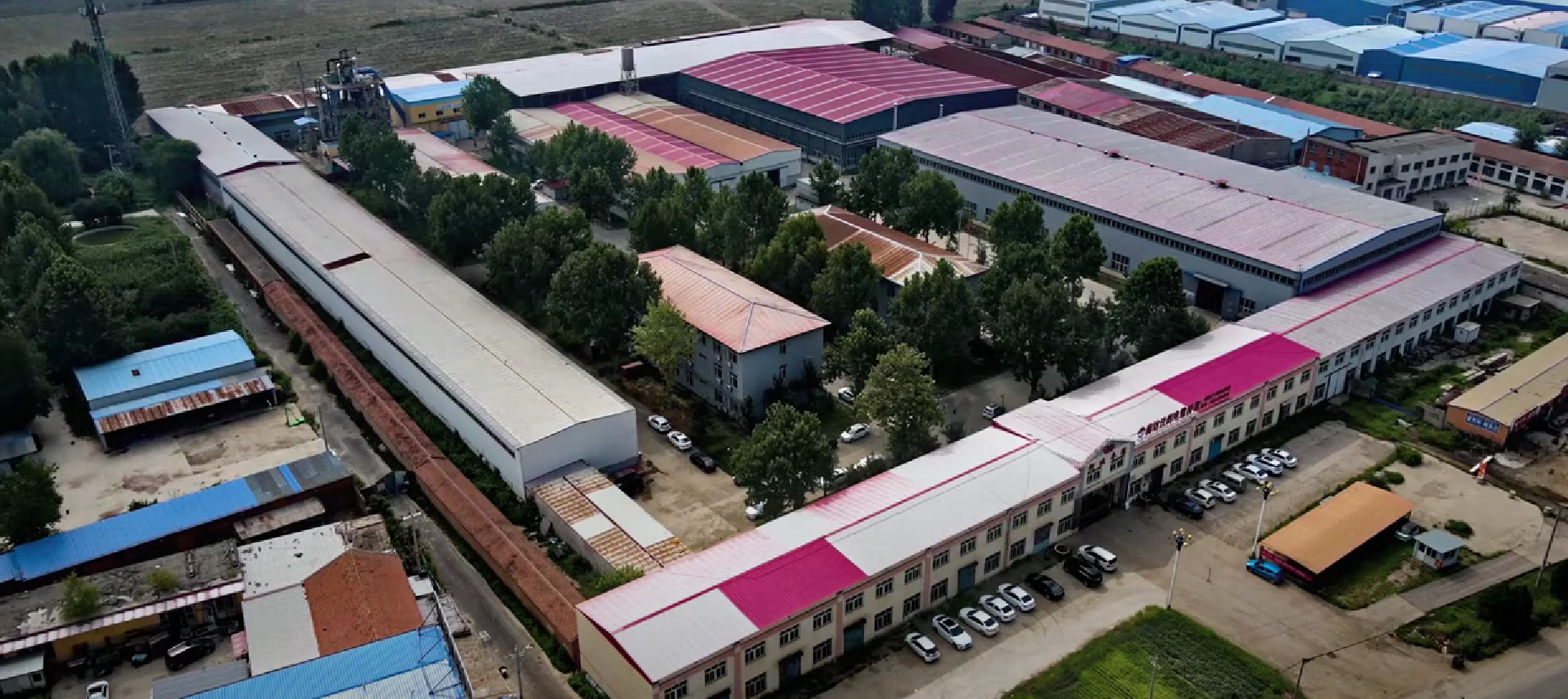Share this
Flanges are important components used for connecting pipes, valves, equipment, and more. They provide fastening, sealing, and support functions. The production standards for flanges are typically established by international and industry organizations, and they are classified based on different uses and requirements. Here are some common flange production standards:
1. ANSI/ASME Standards: Developed jointly by the American National Standards Institute (ANSI) and the American Society of Mechanical Engineers (ASME). This includes standards like ANSI B16.5, ANSI B16.47, and more, which cover dimensions, materials, pressure ratings, and connection methods for steel flanges.
2. DIN Standards: Established by the German Institute for Standardization (DIN). This includes standards like DIN 2501, DIN 2576, and others, widely used in Europe. DIN standard flanges mainly specify dimensions, pressure ratings, and connection methods.
3. JIS Standards: Created by the Japanese Industrial Standards (JIS). Primarily applicable to the Japanese market, it includes standards like JIS B2220. JIS standard flanges cover requirements for dimensions, pressure ratings, and connection methods.
4. BS Standards: Developed by the British Standards Institution (BSI). This includes standards like BS 4504, BS 10, and others, widely used in the UK and some other countries. BS standard flanges specify dimensions, pressure ratings, and connection methods.
5. ISO Standards: Established by the International Organization for Standardization (ISO). This includes standards like ISO 7005, ISO 9624, providing a unified specification for flange production worldwide.
The above list includes some common flange production standards, but there are also other standards specific to regions and industries. When selecting flanges, it is important to consider the specific engineering requirements and application scenarios and choose flange products that comply with the relevant standards. Additionally, the material, pressure rating, and connection method of the flange are also crucial factors to consider.

